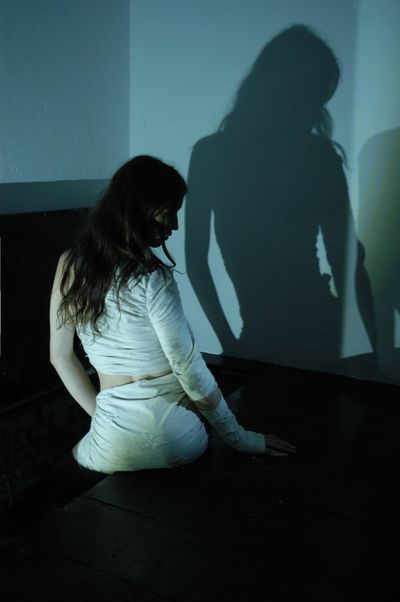Mikael Brkic and Rob Kulisek
Press release
VI, VII is thrilled to announce Rob Kulisek’s participation at June Art Fair 2021. The American artist is based between Berlin and New York. This event presents part II of the photograph series “pride (rave)”, which makes the debut of Kulisek’s artistic solo practice.
Rob Kulisek is an artist and a photographer whose practice is marked by sensual, suggestive and largely physical imagery. Capturing the high frequencies of bodies and interferences happening in group dynamics, his style is profoundly vibrant, and contemplative. Whether in the form of exhibitions, collaborative works, experimental magazines, music labels or installations, he plays with rigid categories to espouse soft, flexible forms, sometimes deeply sincere and spontaneous, sometimes more analytical
Part of a generation of artist who are questioning porosities between Art photography and Fashion photography and shifting their commercial and aesthetic stakes, his pictures are nourished by his assiduous reading of independent fashion press from 1990s, such as Purple, and Self Service, as well as experimental fashion brands like interdisciplinary studio’s Bless. Nurtured by subcultures that have emerged mostly in the 90’s and the 00’s in the indie-fashion photographic field, a large part of his practice is infused with anti-fashion, grunge, queer and porn-chic.
In 2016, together the artist David Lieske, he has created 299 792 458 m/s magazine, a conceptual project inspired by GDR fashion experimental magazine Sybille in which he directly questions our relationship to speed and perishability. Dealing with notions such as the temporality of fashion products, the relativity of luxury and the blind spots of representations, they have invited in their pages the young photographic guard as well as new independent designers.
In the samer period, he has curated the exhibition “Misanthrope” at Mathew Gallery (New York) about black metal culture, using it as an aesthetic divorced from its ideology. The show was an extension of Misanthrope-CA, a musical project by Kulisek and David Lieske whose experimental black metal album America took its cues from the sounds of early Norwegian black metal.
For this current show pride (rave) part I at Gallery VI, VII in Oslo, Rob Kulisek has photographed a cohort of friends dancing and exulting after the 2021 Pride in Berlin following one year of pandemic. Mostly populated by queers, this rave was a way to reconnect for marginalized communities and to regain at least sporadically safe spaces. During one turbulent night, Kulisek is, capturing the heat and palpitations. Joy, fear, and sadness are coalescing in these series exploring the inextinguishable deployment of human passions.
Employing iconographic tropes that could be affiliated with XIX symbolism and romanticism, the silhouettes are often translucent, androgynous and as emerging from an orgiastic chaos. Henri, one of the portrait appears as an Ophelia heroine, languid and lost in the wild grass. Bodies are lascivious, and took an allegorical turn: Mephistopheles with goat horns, macabre and erotic chimeras, club-kids in a sex-arcadia. A trouser button is open, a breast offered to the gaze, the epidermis is combined with the mineral or the vegetal and all this is made fluid, as if the indifferent to the fog and the light. Just pure breath, energy or fatigue: it is Berlin rage.
But the raves that Kulisek documents don’t preach a form of escapism toward a higher realm of consciousness and sensuality. On the contrary, even though they produce ecstasy as well, they are very much interested in inventing alternative form of reality, non-linear due to the punctuality of the rave, but continuous as they create a tangible space of solidarity that goes beyond the climax of the party. In this particular space, to be queer is not to identify to a series of aesthetical codes and psychological traits but to try to define and develop a new way of life. A new way of life one that is radically different to one imposed on us. In that sense, these raves are both an act of resistance and a site of production of queer temporalities and geographies.
- Pierre-Alexandre Mateos
Rob Kulisek (b. Philadelphia, 1989) is an American photographer living and working in Berlin and New York.
His work, which circulates in the worlds of fashion and fine art photography, involves establishing settings and environments in which his subjects can play out improvised scenarios that appear neither staged nor accidental. These simulated moments become the material for a voyeuristic catalogue.
This methodology has formed the backdrop for projects with commercial clients such as Adidas, Burberry, Gucci, Hästens, Nike, Telfar and Tesla Motors; images and campaigns that have appeared everywhere from the cover of Texte Zur Kunst to the pages of American Vogue.
Kulisek attended The Mountain School of Arts in 2015. The following year, he was nominated for FOAM Magazine’s Paul Huff Award and his collaborative work with Dora Budor, WHEN THE SICK RULE THE WORLD, was included in the 9th Berlin Biennale curated by DIS.
Since 2016 Kulisek has also collaborated with German artist David Lieske on visual art and music under the name Kulisek / Lieske.
In 2017 he photographed artist, model and musician Eliza Douglas for the cover of 299 792 458 m/s, a fashion publication that he edits together with Lieske, and which is published by Westreich Wagner.
///
Norwegian artist, Mikael Brkic presents “The Influencer” a large-scale sculpture at June 2021. Building upon an ongoing series of paintings, the titles of which are drawn from various marketing techniques and concepts used by online retailers of fashion.
In addition to this, the gallery is presenting “The Grand Duke’s Finances” (2021) the artist’s first foray into digital artwork as part of Juneart.io, a new platform for curated projects on the blockchain.
F.W. Murnau is a German filmmaker widely known for films such as “Nosferatu”, his acclaimed 1922 adaption of Bram Stoker’s “Dracula”. For this project Brkic has reproduced, from memory, page 75 (back and front) of F.W. Murnau’s original script for “The Grand Duke’s Finances” (1924) a light-hearted tale filled with complications, intrigue and mistaken identities, that is known to be his only comedy. The page in question describes a scene where a falsified letter is replaced with the original. Reversely analogous to what the artist has done, this gesture comments on NFT-technology and the relationship between the digitalisation of originals, as this project is an artistic reproduction from memory, immortalized and available through digitalization.
Works by Mikael Brkic investigate the use of technology throughout the ages and have been largely informed by his day-job as a copywriter for an online retailer of fashion.
Often represented in his work is the concept of Eternal Return: the tendency for styles, concepts and approaches to fall in and out of fashion and to reoccur throughout philosophy and the history of art; of artists and philosophers to borrow from eachother, endlessly devouring and incorporating eachother’s ideas.
Previous works such as “The Forecast” consisted of enamel painted columns with marker drawings, scribbles of data, information and figures, randomly collected from the artist’s tech work environment. As a representation of raw data, the work functions as an interface opening up to the audience the space between what is perceivable and what is invisible. What gives us meaning, what is meaningless?
Questions such as this have informed a series of rudimentary paintings and sculptures that form a support for abstract mark-making.
Mikael Brkic (b. 1987, Oslo) lives and works between Oslo and Berlin.
Brkic studied at the Staedelschule in Frankfurt am Main; The Mountain School of Art in Los Angeles, and The Academy of Fine Art at Oslo National Academy National Academy of the Arts in Oslo.
Previous exhibitions include two-person and group presentations at Frieze London; Independent Brussels and LISTE, Basel; Fire and Forget, UKS, Oslo; War & Peace, Foreign Press, Berlin; To the Fans / Tü de Fäns, VI, VII, Oslo; A Perfect Lie, Galerie JeanRoch Dard, Brussel; the 2016 edition of Independent Brussels; 911.000 BC, Grand Century, New York and ‘Never on Sunday’, Tbilisi, Georgia.
This project is kindly supported by OCA.
Rob Kulisek
pride (rave) part II
June Art Fair 2021
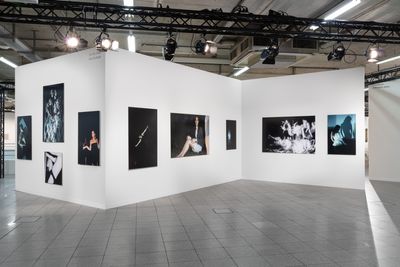
Rob Kulisek
pride (rave) part II
June Art Fair 2021
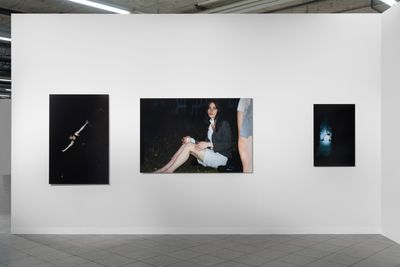
Rob Kulisek
pride (rave) part II
June Art Fair 2021
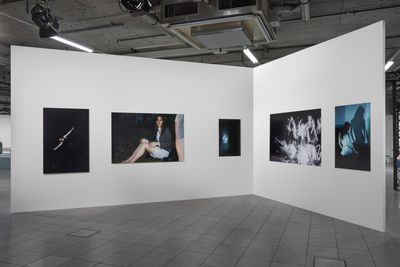
Rob Kulisek
pride (rave) part II
June Art Fair 2021
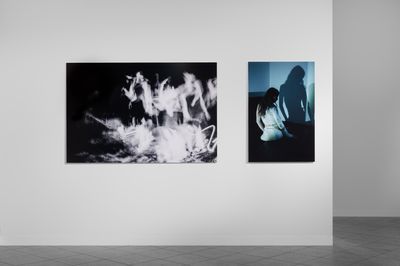
Rob Kulisek, pride (rave) / garden I, 2021
Digital C-print mounted on aluminium
120 × 180 cm (47 ¼ × 70 ⅞ inches)
Digital C-print mounted on aluminium
120 × 180 cm (47 ¼ × 70 ⅞ inches)
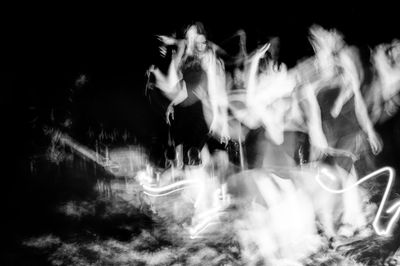

Rob Kulisek, pride (rave) / untitled IX, 2021
Digital C-print mounted on aluminium
120 × 80 cm (47 ¼ × 31 ½ inches)
Digital C-print mounted on aluminium
120 × 80 cm (47 ¼ × 31 ½ inches)
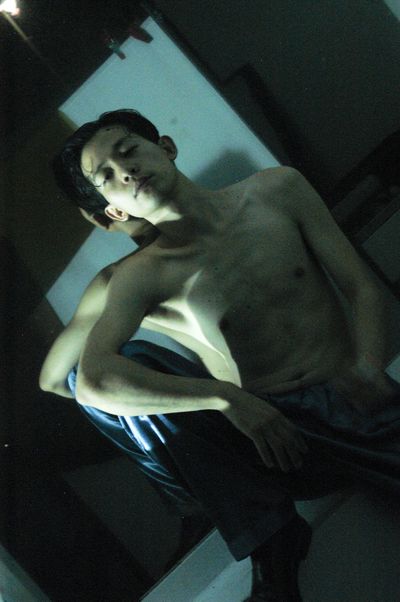

Rob Kulisek, pride (rave) / untitled VI, 2021
Digital C-print mounted on aluminium
120 × 80 cm (47 ¼ × 31 ½ inches)
Digital C-print mounted on aluminium
120 × 80 cm (47 ¼ × 31 ½ inches)
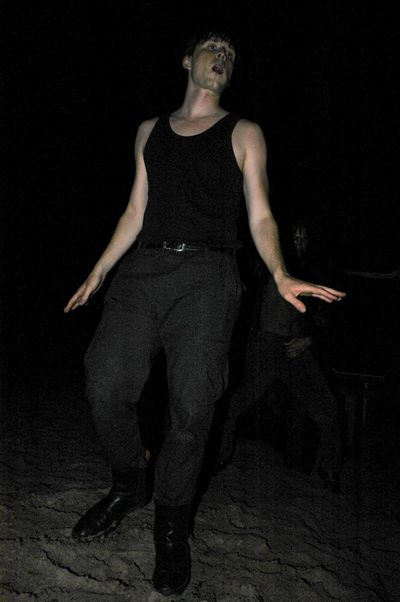

Rob Kulisek, pride (rave) / untitled IV, 2021
Digital C-print mounted on aluminium
120 × 80 cm (47 ¼ × 31 ½ inches)
Digital C-print mounted on aluminium
120 × 80 cm (47 ¼ × 31 ½ inches)
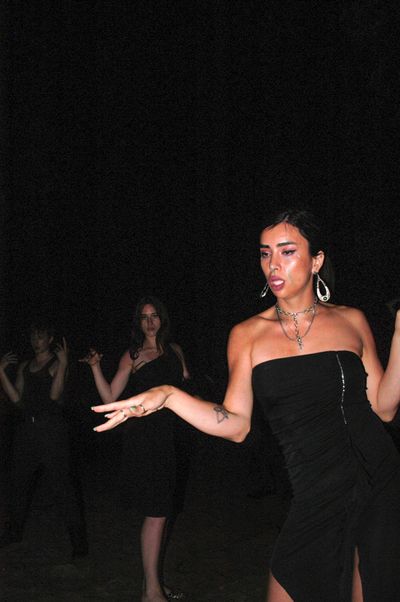

Rob Kulisek, pride (rave) / untitled V, 2021
Digital C-print mounted on aluminium
120 × 80 cm (47 ¼ × 31 ½ inches)
Digital C-print mounted on aluminium
120 × 80 cm (47 ¼ × 31 ½ inches)
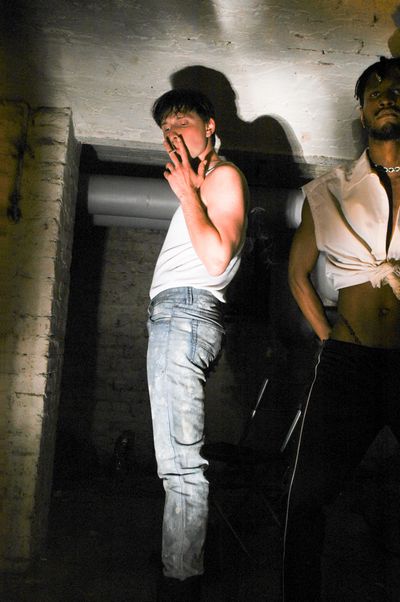

Rob Kulisek, pride (rave) / untitled XII, 2021
Digital C-print mounted on aluminium
120 × 80 cm (47 ¼ × 31 ½ inches)
Digital C-print mounted on aluminium
120 × 80 cm (47 ¼ × 31 ½ inches)
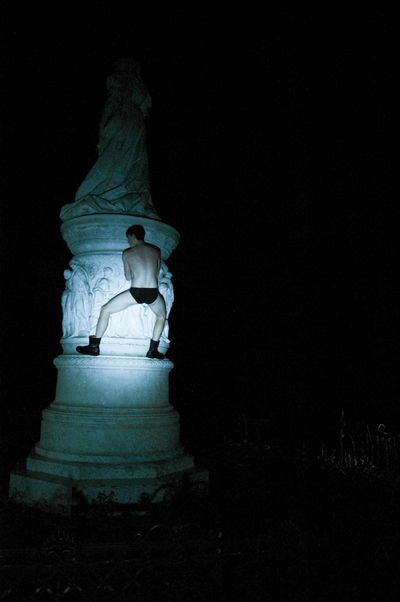

Rob Kulisek, pride (rave) / untitled VII, 2021
Digital C-print mounted on aluminium
120 × 80 cm (47 ¼ × 31 ½ inches)
Digital C-print mounted on aluminium
120 × 80 cm (47 ¼ × 31 ½ inches)
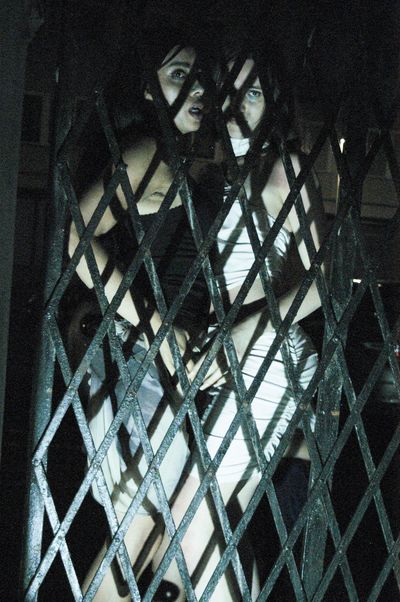

Rob Kulisek, pride (rave) / Henri II, 2021
Digital C-print mounted on aluminium
120 × 80 cm (47 ¼ × 31 ½ inches)
Digital C-print mounted on aluminium
120 × 80 cm (47 ¼ × 31 ½ inches)
